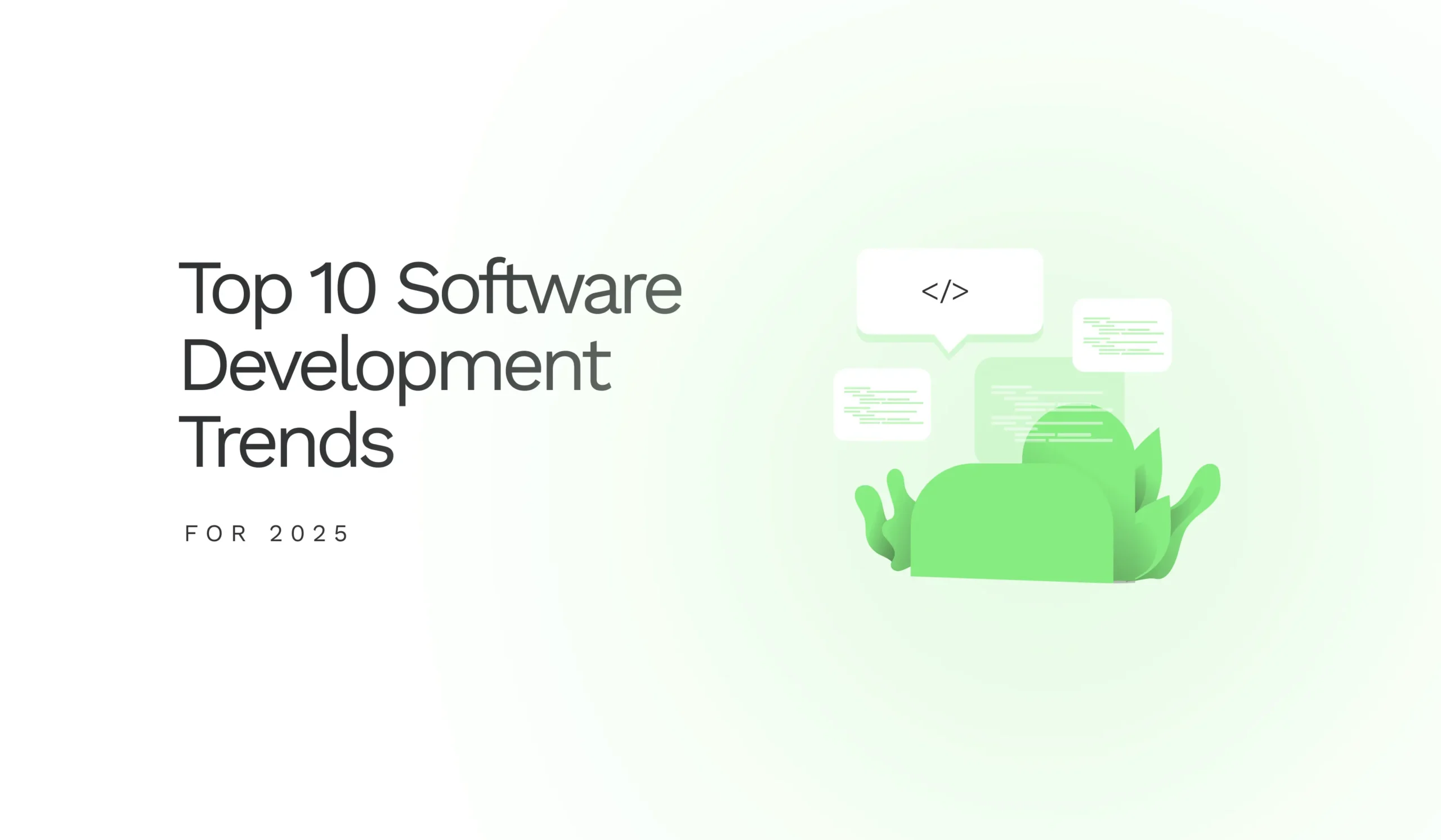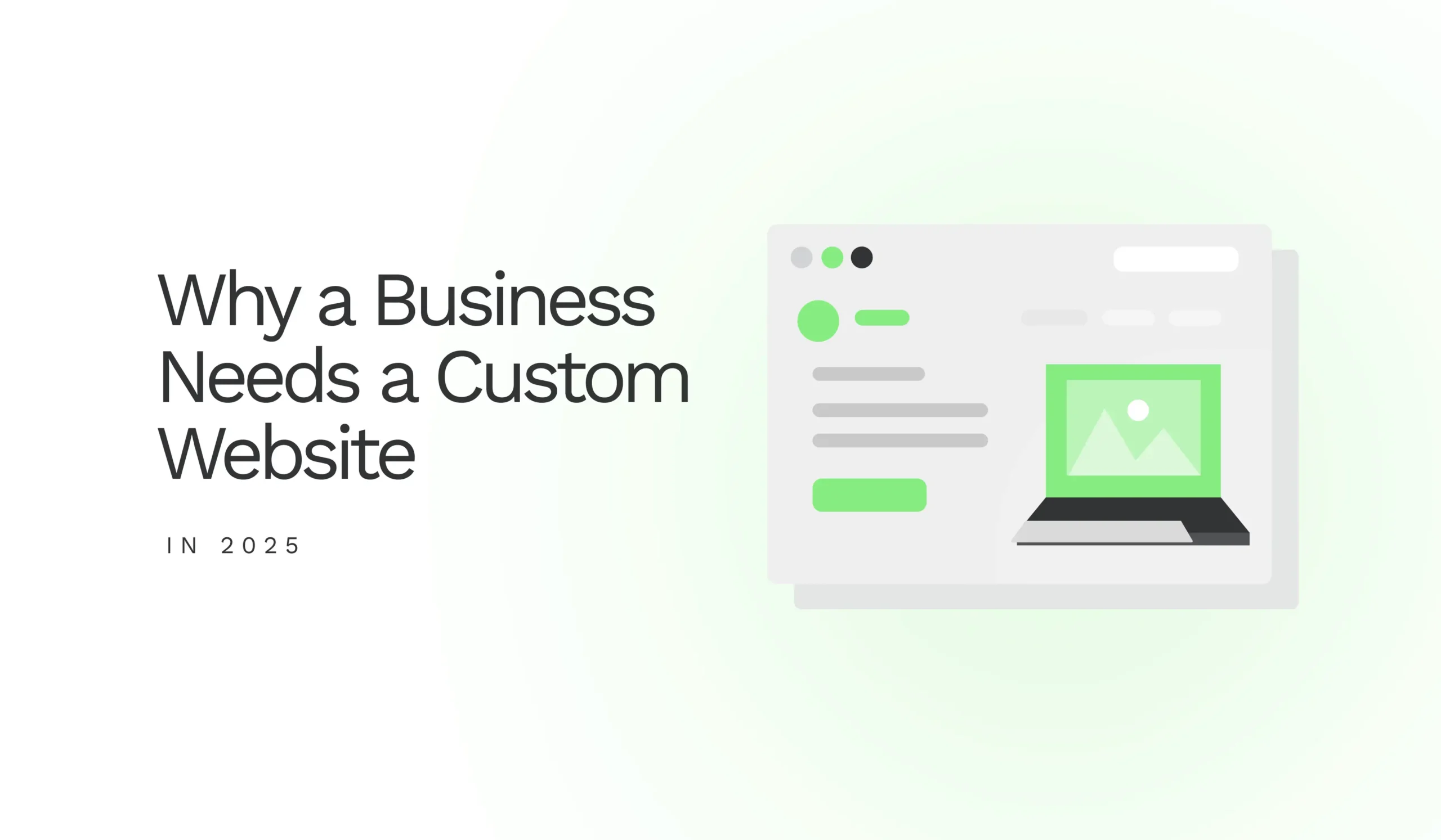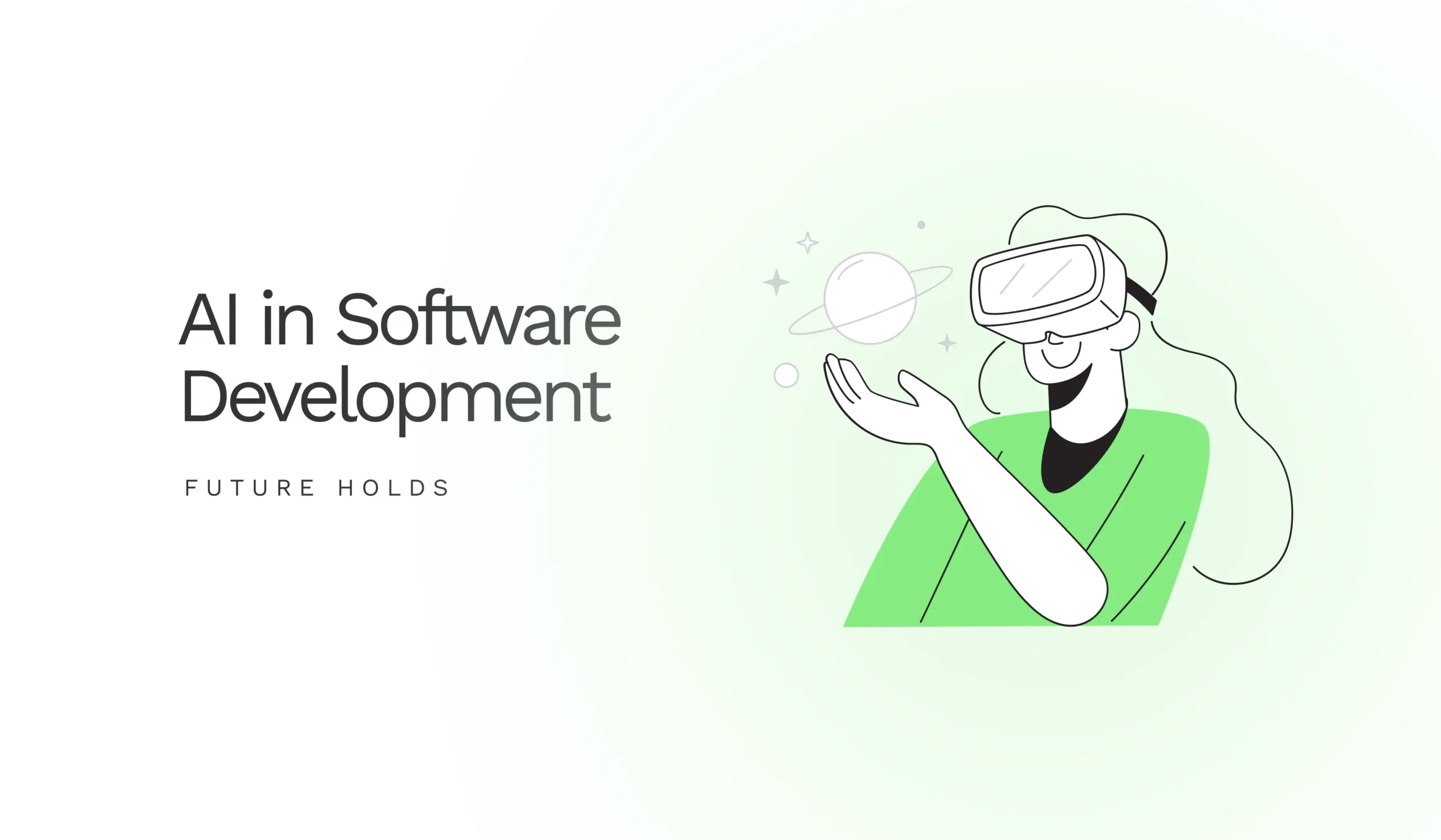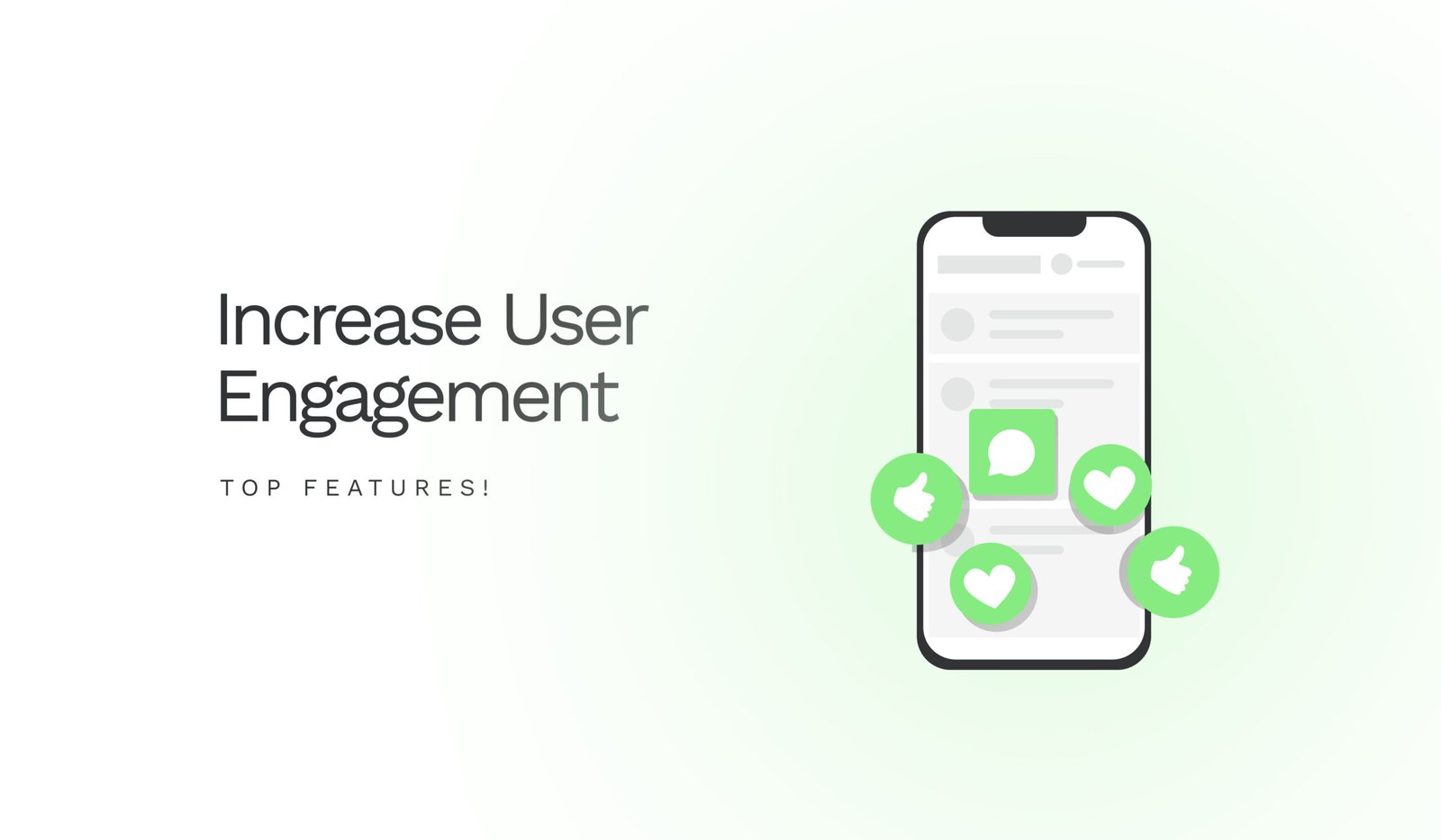Introduction
The software development world is constantly evolving faster than most of us can keep up with, and 2025 is shaping up to be another year of significant shifts. For developers and tech teams, staying current with these trends is no longer optional—it’s what separates the companies that thrive from those that fall behind. We’re witnessing real breakthroughs in AI integration, practical blockchain applications, advanced cloud solutions, and DevOps practices that are transforming how we develop and deliver products.
Companies that anticipate these changes are preparing now, and honestly, it’s paying off big time. Look at any business that adopted new technology early – they’re building better products and can pivot much faster when the market shifts. If you know what’s coming next, you can make moves today that’ll put you miles ahead of everyone else. We’ve explored the ten trends that will separate the winners from the losers in 2025 and beyond.
1. Artificial Intelligence and Machine Learning Integration
AI and Machine Learning are quickly becoming the backbone of how we build software in 2025, and it’s happening faster than most people expected. These aren’t just buzzwords anymore – developers are using AI to create applications that can learn from user behavior and make smart decisions without constant human input.
What’s truly interesting is how AI and ML have evolved beyond simply crunching numbers. We’re now seeing AI-powered tools that can write chunks of code, catch bugs before they become problems, and even provide realistic estimates for when your project will be completed. The sophisticated AI systems we have now are reducing all that tedious manual work, which means development teams can move much faster and focus on creative problem-solving.
For businesses, this AI integration is opening up some pretty exciting possibilities. You can now offer your customers truly personalized experiences, enhance your security in ways that weren’t previously possible, and predict what might happen next instead of just reacting. Take AI chatbots and virtual assistants – they’ve become significantly better at understanding what people want, allowing businesses to find completely new ways to connect with their customers.
2. The Rise of Low-Code and No-Code Platforms
Low-code and no-code platforms have been gaining momentum for a while now, and 2025 is shaping up to be the year they truly transform how we approach software development. These platforms are pretty amazing when you think about it – they let people who’ve never written a line of code create actual working applications, which opens up software development to everyone.
The 2025 Software Development Innovations we’re seeing are heavily shaped by how quickly companies are jumping on these platforms. Businesses want their apps to be built swiftly. Without the usual headaches, low-code and no-code solutions are ideal for enabling non-technical individuals to create powerful tools without needing to learn programming. This also frees up actual developers to work on the complex stuff—the integrations and advanced features that still require human expertise and creativity.
From a business standpoint, these platforms are game-changers for getting products to market quickly and keeping costs reasonable when building custom software. What’s even better is that different departments can now make their own solutions instead of submitting requests to IT and waiting months for something that might not even be what they wanted. People can create precisely what they need when they need it.
3. Cloud-Native Development and Edge Computing
Cloud computing continues to improve, and now we’re seeing more teams develop applications designed from the ground up to run in the cloud. Instead of simply moving existing apps to cloud servers, developers are creating software that leverages all the benefits the cloud offers—such as instant access to storage, databases, and computing power that can scale up or down as needed.
The Emerging Software Development Trends for 2025 indicate that cloud-native architectures are gaining momentum, particularly for applications that require handling sudden traffic spikes or operating across multiple locations. Developers are becoming increasingly proficient with tools like containers, microservices, and Kubernetes, which enable you to break your application into smaller pieces that can be deployed and updated independently. This means you can push updates faster and with way less risk of breaking everything.
At the same time, edge computing is becoming the perfect partner for cloud-native development; instead of sending all your data to a distant server farm, edge computing processes information right where it’s created—like on your phone, in your car, or at a local facility. This is crucial for any system that needs to respond instantly, whether it’s IoT devices in your home, self-driving cars making split-second decisions, or innovative city systems that manage traffic in real time.
4. DevOps and Continuous Integration/Continuous Deployment (CI/CD)
The DevOps mindset, where development and operations teams collaborate instead of throwing code over the fence, continues to gain traction and will be a significant part of the 2025 Software Development Innovations we’re seeing. Companies are realizing that when these teams collaborate properly, they can ship updates way faster and with fewer headaches.
DevOps is primarily about setting up automated pipelines that handle mundane tasks and creating a system where developers and operations personnel constantly communicate about what’s working and what isn’t. When you get CI/CD practices running smoothly, you can cut out most of the manual testing grunt work and make releasing software updates almost routine. This approach is becoming increasingly essential for maintaining the smooth operation of applications, ensuring security, and handling growth without compromising stability.
For developers, getting comfortable with CI/CD tools isn’t just nice to have anymore – it’s becoming a must-have skill if you want to stay relevant in the job market. Companies that truly embrace these practices can release new features, patches, and fixes at a pace that would have been impossible just a few years ago, which means they can keep up with what their customers want rather than always being six months behind.
5. Blockchain Technology Beyond Cryptocurrencies
Sure, everyone knows blockchain from Bitcoin, but honestly, it’s starting to pop up in some pretty unexpected places. Healthcare companies are using it to keep patient records secure, banks are finding new ways to handle transactions, and supply chain folks are tracking products from factory to store. Even the concept of digital identity is transforming with blockchain technology.
Here’s what’s cool about blockchain for these use cases: once something gets recorded, nobody can go back and change it, and you don’t need a big company in the middle controlling everything. If you’re handling sensitive information, such as medical records or people’s financial details, that kind of built-in security and transparency is crucial for gaining people’s trust in your system.
Developers jumping into blockchain need to wrap their heads around smart contracts, understand how consensus algorithms work, and learn to build apps that don’t require traditional servers. For companies, blockchain isn’t just the latest shiny object – it’s a way to make things run smoother, show customers exactly what’s happening behind the scenes, and lock down security better than they ever could before.
6. Quantum Computing and Software Development
Quantum computing is still relatively new and unconventional, but it’s one of those Emerging Software Trends that has everyone talking about 2025. These machines work entirely differently from regular computers – they can tackle problems that would take our current computers thousands of years to solve, especially in areas such as breaking encryption codes, discovering new materials, and solving extremely complex optimization puzzles.
We’re already seeing more companies experiment with quantum computing this year, even though it’s still not ready for everyday use. Businesses are beginning to test quantum algorithms to explore what might be possible, and developers are starting to learn programming languages like Q# and specialized Python libraries to stay ahead of the curve before this technology takes off.
The thing is, once quantum computing matures and becomes practical, developers who understand it will be able to build applications that can completely change how we do things in pharmaceuticals, finance, and numerous other industries. It’s one of those technologies where getting in early – even just learning the basics – could pay off big time down the road.
7. Serverless Computing
Serverless computing is essentially a way to run your applications without worrying about the server headaches that typically come with it. Instead of spending time setting up servers, monitoring them, and keeping them running, you just write your code and let someone like AWS or Google handle all the infrastructure stuff behind the scenes.
This approach is gaining traction in 2025 because it simplifies development significantly – no more dealing with backend complexity that has no direct impact on your actual application. For businesses, it’s a money-saver, too, since you only get charged for what you use instead of paying for servers that might be sitting idle most of the time.
Developers love serverless because it enables them to push out updates and new features much faster than traditional setups. But it’s not all sunshine and rainbows – you’ve got to deal with things like cold starts where your function takes a while to wake up, execution time limits that can cut off longer processes, and debugging issues that are honestly pretty frustrating when something goes wrong. You can’t see what’s happening on the server side.
8. Cybersecurity Advancements and Privacy Regulations
Software is everywhere now – in our phones, cars, homes, and workplaces – which means cybersecurity is no longer just an IT department concern. With hackers becoming increasingly sophisticated and data breaches making headlines almost weekly, developers cannot simply build features and hope the security team will figure out the protection aspect later.
By 2025, security isn’t going to be something you tack on at the end of a project – it’s becoming part of how you think about building software from day one. Practices such as secure coding, proper encryption, multi-factor authentication, and regular security testing are shifting from “nice to have” to “you better have this, or you’re in trouble” territory for nearly every developer.
Companies are also dealing with increasingly stringent privacy laws, such as GDPR in Europe and CCPA in California, with more regulations likely to follow. This means the software you build must handle user consent properly, protect personal data correctly, and be prepared to report breaches when they occur. It’s not just about avoiding fines – customers are getting pickier about trusting companies with their information.
9. Augmented Reality (AR) and Virtual Reality (VR) Integration
AR and VR are finally moving beyond gaming and starting to make real waves in healthcare, retail, education, and numerous other fields. In 2025, we’re seeing developers spend significantly more time figuring out how to build experiences that feel immersive rather than just gimmicky.
For developers, this means getting hands-on experience with AR/VR hardware and learning the platforms that power these experiences. It’s not like building a regular app – you’re thinking about 3D space, user movement, and how people interact with virtual objects. Companies that successfully implement AR/VR are finding that customers stay longer and engage more deeply than with traditional interfaces.
Think about it – instead of reading a manual, employees can walk through a virtual training scenario that feels real. Instead of scrolling through product photos, customers can see how that couch looks in their living room. Whether it’s training simulations that don’t put anyone at risk or shopping experiences that let people try before they buy, AR and VR are becoming essential tools for creating software that people want to use.
10. 5G Technology and its Impact on Software Development
5G networks are finally rolling out in a big way, and it’s going to change how we think about building software due to the breakneck speeds and almost zero lag times. In 2025, developers can count on users to have connections that are both fast and reliable enough to support applications that were previously impossible to run.
Gaming apps can now handle real-time multiplayer experiences without that annoying lag, streaming services can push 4K video without buffering, IoT devices can communicate instantly, and self-driving cars can make split-second decisions based on real-time data from other vehicles and infrastructure. As a developer, you need to start thinking about how to optimize your apps for this kind of bandwidth and speed – it’s not just about making things work on slow connections any more.
For businesses, 5G opens up possibilities for services that are so fast and responsive that they feel almost magical to users. When customers can download, stream, and interact with your apps without waiting, they expect that level of performance from everyone. Companies that figure out how to leverage 5G effectively will make their competitors’ offerings feel sluggish and outdated.
So what do you think? Are any of these trends already showing up in your day-to-day work, or do some of this still feel pretty far off? I’m curious which ones you’re betting on and which ones you think might just be hype. Jump into the comments and tell us what you’re seeing out there – especially if you’ve tried any of this stuff and have war stories to share. If this gave you some ideas for what to tackle next, send it over to your teammates, and feel free to poke around our other articles to see what else we’re thinking about!
Conclusion
The Software Development Trends of 2025 are poised to shake things up in ways we’re only just beginning to understand. As AI becomes increasingly useful for everyday development work, blockchain finally proves itself beyond cryptocurrency, and everyone moves to cloud-native setups; both developers and companies will have to move fast or risk getting left behind. Getting on board with these changes isn’t just about staying trendy – it’s about staying in business and keeping your edge when everyone else is trying to do the same thing.
Looking ahead, keeping up with Emerging Software Development Trends is no longer optional if you want to stay relevant as a developer. The people who adopt these innovations early will have careers that can weather whatever comes next. The companies that embrace this technology will continue to build products that solve problems for their customers rather than playing catch-up with competitors who moved first.




